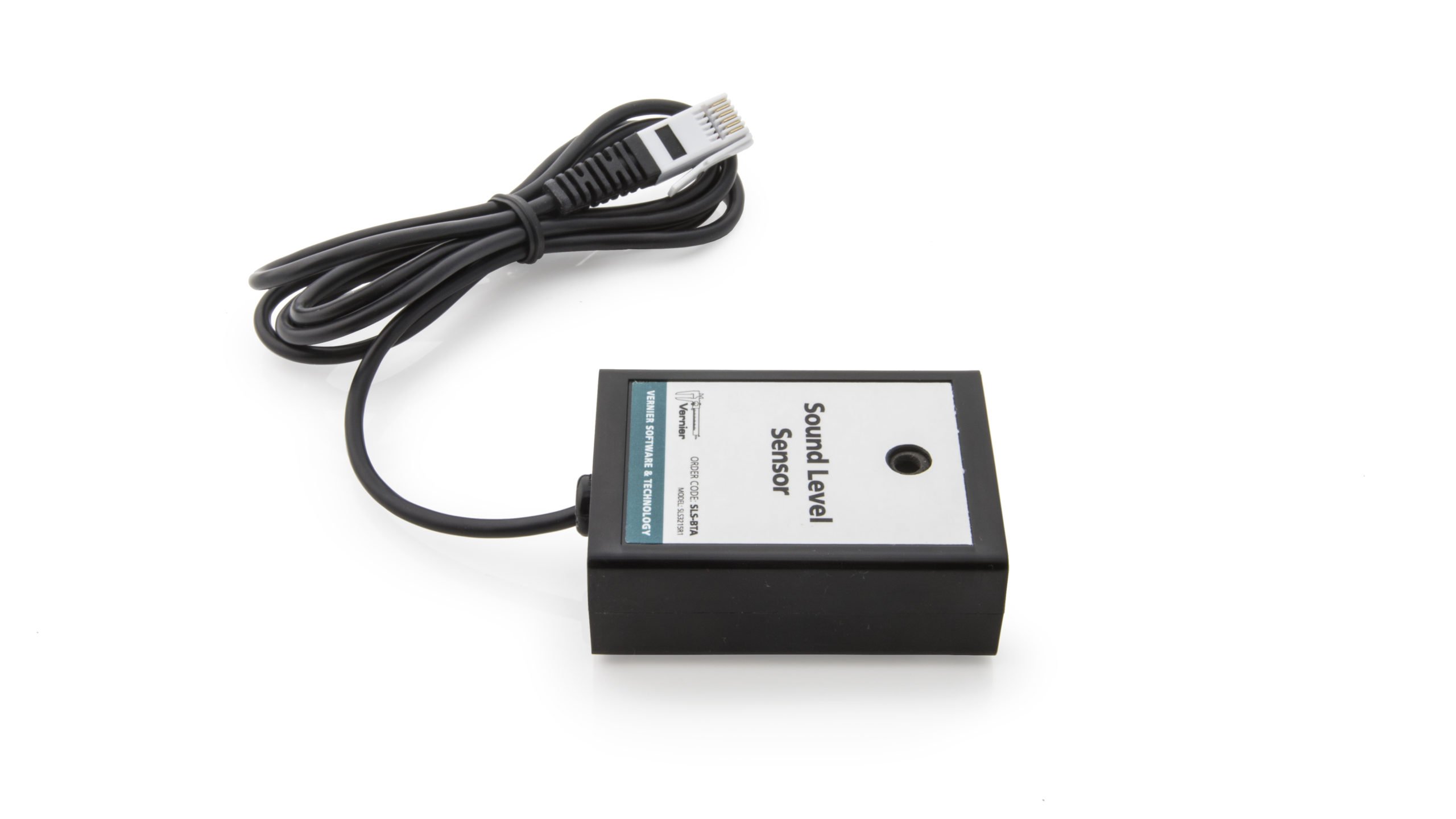Troubleshooting
- Primary Test: Connect the Sound Level Sensor to an interface. The data-collection software will identify the sensor and begin a live readout of the sound level. Normal classroom sound levels should be 60-70 dB; a quiet office should read around 55 dB.
Additional Troubleshooting
- What is the difference between the Sound Level Sensor and the Sound Level Meter?
- What advantages does a Vernier sound level sensor have over a smartphone sound level app?
- What is the difference between "A weighting" and "C weighting"?
- Why doesn't my sound level meter read below 40 dB?
Specifications
- Response: A-weighted
- Range: 55 – 110 dB
- Accuracy: +/- 3 dB
- Resolution: 0.1 dB
- Frequency Range: 30 – 10,000 Hz
- Dimensions: 74 mm x 53 mm x 28 mm
Calibration
The Sound Level Sensor will never need to be calibrated. Each sensor is carefully calibrated before it ships, and this unique calibration is stored on a smart chip in the sensor. Logger Pro does allow for an approximate calibration, but the results would likely be less accurate than the custom factory calibration.
Related Products
- Microphone (
MCA-BTA ) - Go Direct® Sound Sensor (
GDX-SND )

